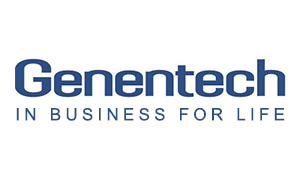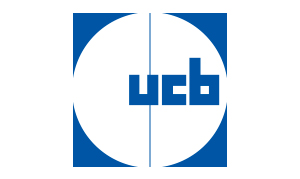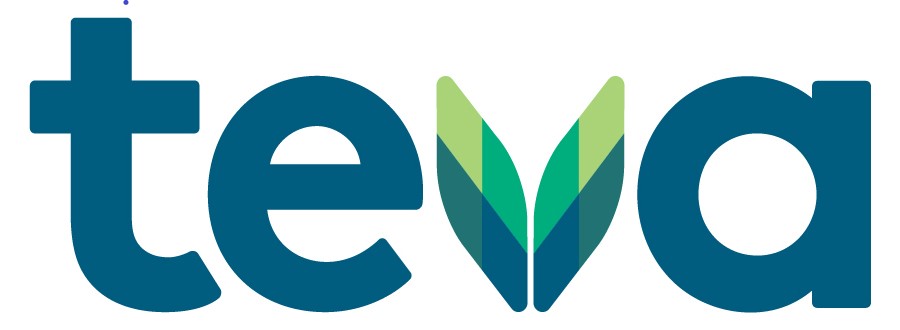Patient scheduling may seem like a straightforward process, but there is an expertise and skill that is required. Effective patient scheduling has a profound impact on a practice’s operation and a patient’s care.
A typical day at any medical practice can be unpredictable, but there are some things that you and your staff can do to alleviate some pressure to ensure the day runs somewhat smoothly. Mastering the ability to improve patient scheduling will lower stress levels for your team and keep your patients happy. Keep reading for five tips on optimizing patient scheduling.
Utilize patient self-scheduling.
Patients are becoming increasingly more comfortable with technology, such as apps and online portals. It only makes sense to allow them to schedule their appointments by providing a patient-friendly online scheduling system. Not only can this increase patient satisfaction, but it also allows your practice to transfer some of the time that is dedicated to scheduling, confirming, reminding, and re-scheduling appointments by phone.
[Does your website have a patient portal? Check out this blog post to get patients to engage!]
Prioritize appointments.
If your front office staff is scheduling appointments, it’s essential to consider factors such as the potential time required, and the level of care needed. Every patient and their needs are different.
As front office staff are fielding calls, make sure they are using their knowledge and expertise to determine what the appointment will require. Will it be a long appointment, will this patient have a lot of questions, or is it an issue that can be handled with a quick conversation? Using this approach ensures that patients are getting a higher level of care and that patients who don’t need a doctor aren’t wasting their time.
Use midday as a starting point.
Try a new system and start scheduling morning appointments from as close to noon as possible and backward. Afternoon appointments need to be as close to noon as possible and then forwards.
Implementing this technique will ensure that the bulk of the day is scheduled out, and if the earlier morning and later day slots aren’t used, they can be utilized for other office requirements. Keeping those end of the day times open also allows for scheduling patients on the waiting list. Whatever scheduling style you use, decide what method works best for your practice and ensure everyone on staff is using it.
Create a waiting list.
Last minute cancellations and no-shows are inevitable. You can alleviate their negative impact by maintaining a waiting list of patients who would like to get in earlier.
Confirm with text or email.
While no-shows or last-minute cancellations are inevitable, they are the quickest way to disrupt your schedule and your bottom line. Implement late arrival and no-show policies to try and prevent this and use a technological reminder system such as text or email. Texting and email are becoming the preferred method of communication in our innovative world — so use it to the benefit of your practice!
If your schedule is never full enough, or always too full, your practice’s scheduling process may need a makeover. Carefully examine the inconsistencies and discuss these issues with your team. Then apply these five tips to optimize your practice’s scheduling and ensure they are followed among the entire staff.
Creating an optimized patient scheduling system creates a more predictable workflow and a less chaotic medical practice.
Posted by











